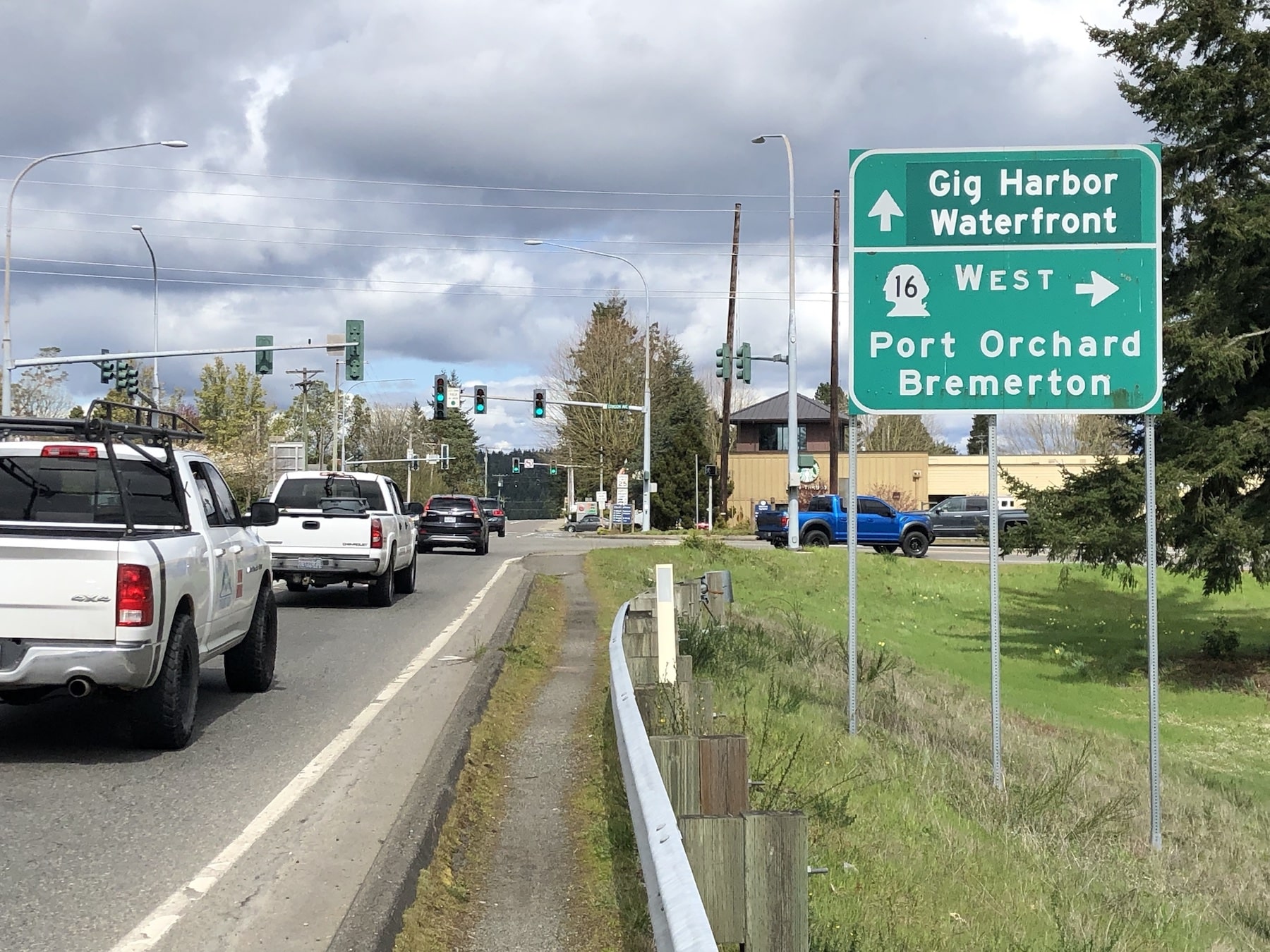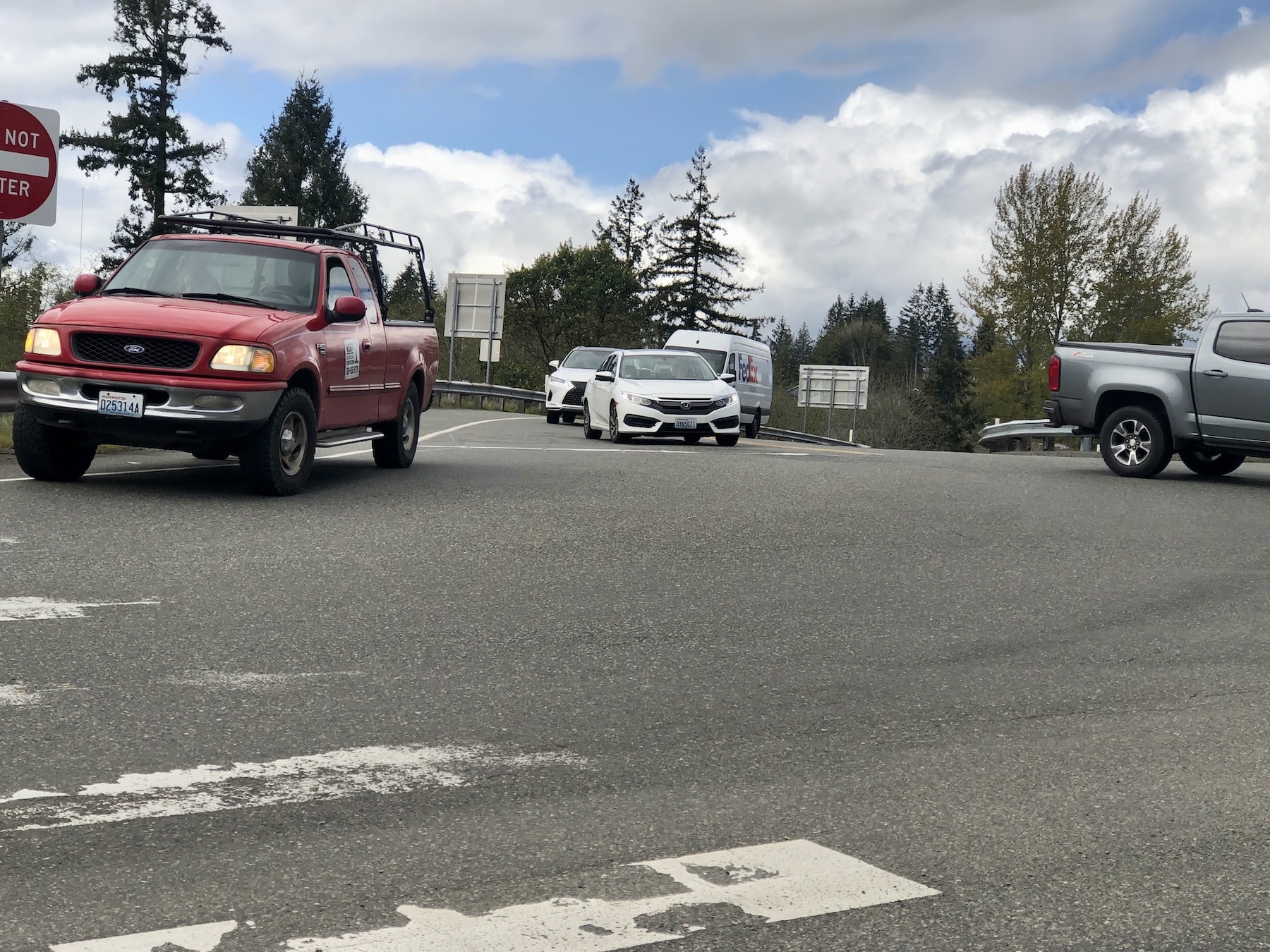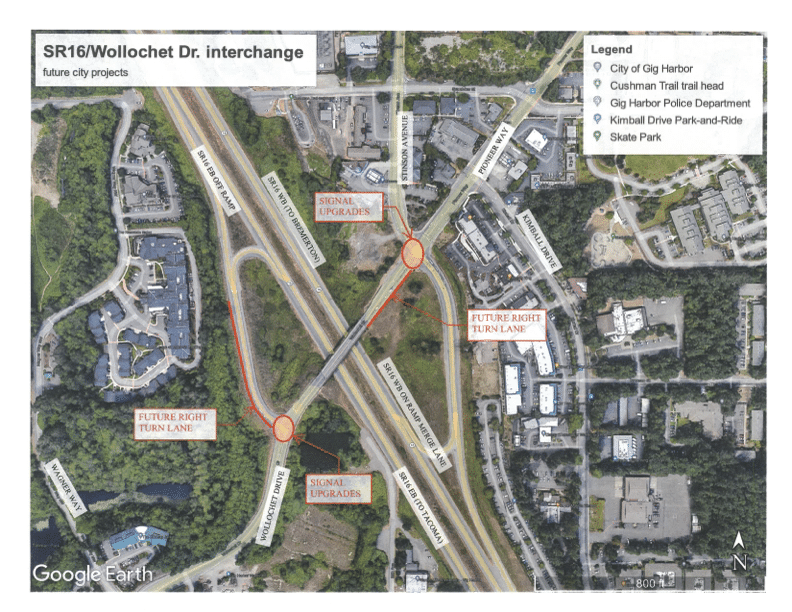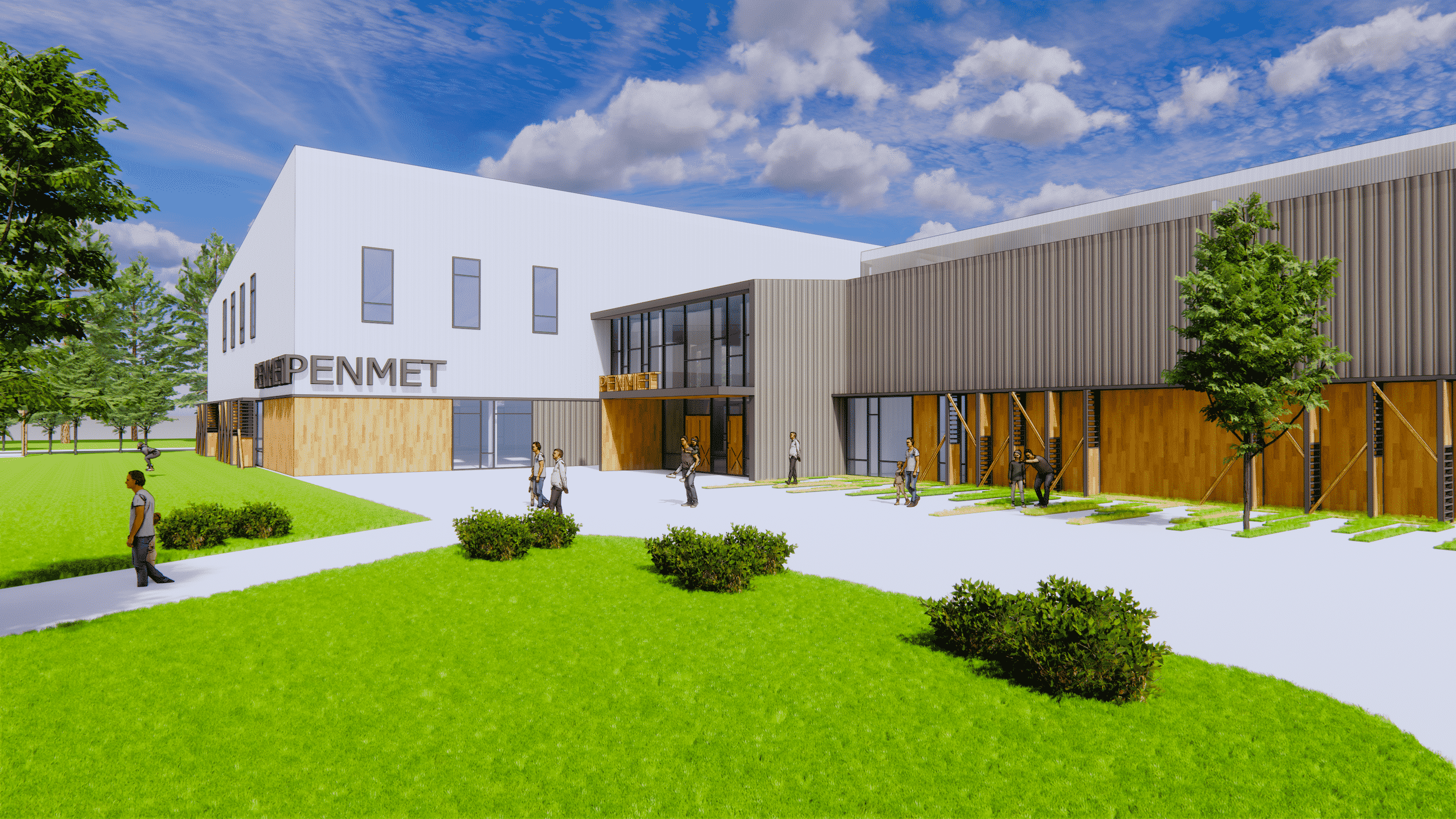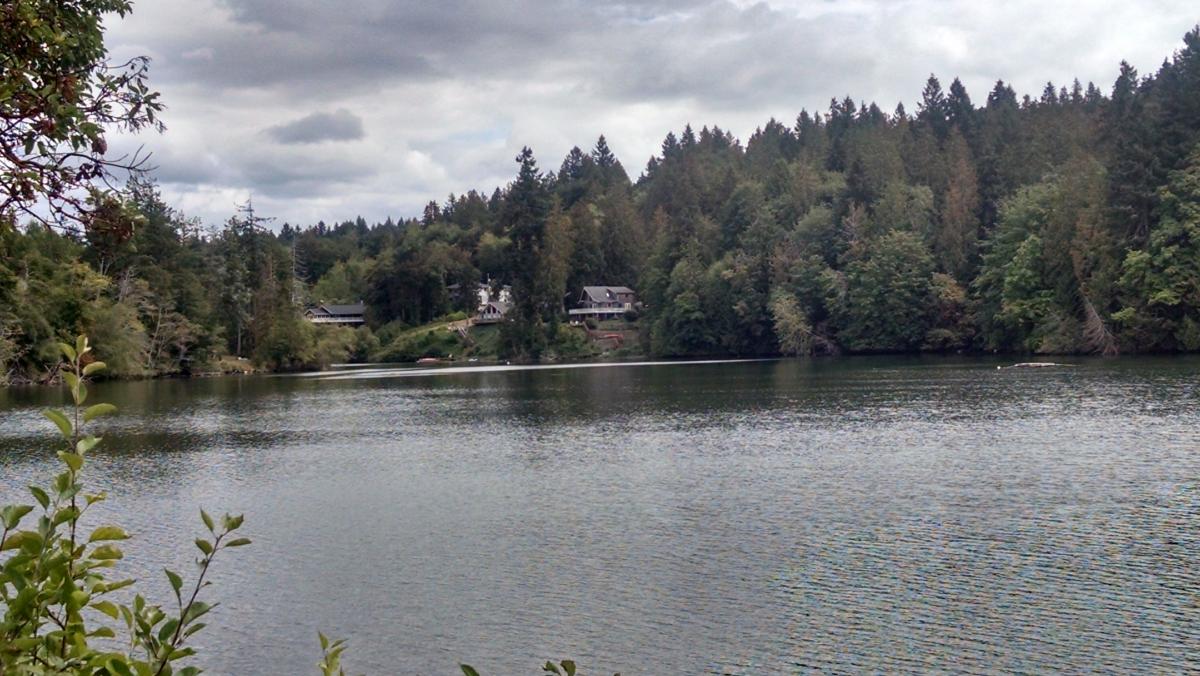Community Environment Government Transportation
Wollochet road improvements among projects receiving state funds
The Wollochet Drive overpass is en route to becoming quicker and easier to cross.
The Washington state Legislature allocated $1.7 million of its $13.4 billion transportation budget Saturday to the city of Gig Harbor for a road project at each end of the span.
Other big local winners were PenMet, which will receive $1 million from the $8.9 billion capital budget for its community recreation center; and the Whiteman Cove estuary restoration, which came away with $6.9 million.
Wollochet right-turn lanes
On the west side of the Wollochet viaduct, the city will add a right-turn lane to the eastbound Highway 16 off-ramp to Wollochet. Right-turning drivers now use the paved shoulder to get around traffic turning left at the stoplight.
On the east end, the city will build another right-turn lane, this one for drivers bound for the westbound on-ramp to Highway 16. It will allow them to bypass cars going straight at the signal to Pioneer Way or turning left onto Stinson Avenue.
More traffic will be able to move through each intersection on a green light. For both projects, a wall will have to be built or slope filled to widen the road.
The state Transportation Department installed the existing ramps and signals in 2007. Substantial commercial and residential growth the past 16 years resulted in more traffic using the viaduct.
“I can’t tell you how glad I was to see that project in the transportation budget,” said Rep. Spencer Hutchins, R-Gig Harbor, who took office in January. “We worked hard to get it in there and I’m grateful it was able to be included in the final list. This has been a priority for the community for many, many years.”
Not the on-ramps
Don’t confuse the Wollochet Drive projects with the on-ramps to Highway 16 themselves, where frequent crashes occur. Those are the state’s responsibility. A 2018 Highway 16 congestion study mentioned possible fixes, but the state has no concrete plans to improve the ramps.
The study recommended the just-funded Wollochet Drive turn lanes and modifying signal timing to ease congestion for the short term (5 years). Extending on-ramp lengths was touted for the mid-term (10 years). Removing the loop ramps and replacing them with a full diamond interchange was a long-term (20 years) solution.
The city has pushed WSDOT for improvements to the Wollochet Drive viaduct, the scene of serious accidents and lengthy traffic backups, for at least the last 10 years, it said in a press release. An average of 61 collisions per year occur within a half mile of the interchange over the past five years. Ten percent resulted in injuries.
“We are thankful to the 26th District legislative delegation of Sen. Emily Randall, Rep. Michelle Caldier and Rep. Spencer Hutchins for securing the $1.68 million,” Mayor Tracie Markley said in the release that also credited city lobbyists.
The City Council is approving design contracts for the improvements. Construction is scheduled to begin in 2024 and hopefully be completed in 2025. The council will consider a $497,000 agreement in May with Transportation Solutions for full design and permitting for the turn lane from eastbound 16. It approved a $159,000 deal in March with David Evans and Associates for 30% design of the right-turn lane onto westbound 16.
The city says it will continue to lobby for a complete overpass reconstruction by the state.
Rec center or sports complex?
Legislators received funding requests from dueling recreational complexes and chose to provide $1 million to PenMet Parks’ community recreation center. The city had asked for $2 million for its sports complex.
PenMet had budgeted $23.7 million for the CRC in 2022, but spent just $829,000 through September. That balance was carried over to this year, along with another $1.6 million to complete the project at the former Performance Golf Center. Total cost is targeted at $31.6 million, not including the 17-acre site that PenMet bought in 2019 for $4.3 million.
Phase 1 comprises renovating the existing building, which will become PenMet headquarters and a multipurpose community space. That work is under way and expected to be completed soon.
The second phase will be a 58,300-square-foot building containing an indoor turfed soccer/football field, three multipurpose gymnasium courts, an elevated walking/jogging track and more community space.
“I’m really pleased with the community projects that were in the capital budget,” Hutchins said. “PenMet has done a lot of really great fundraising groundwork up to this point. One million dollars is (relatively) a drop in the bucket, but when they put in the request, I was glad state funds were able to come through for them.”
The city sought $2 million for the sports complex’s Phase 1B. That phase includes pickleball and bocce ball courts, a playground, event lawn, sheltered performance stage, two covered picnic areas and parking.
Progress on the sports complex isn’t dependent on this request. The city budgeted $5.2 million for the project in 2023-24 from various sources.
New state money would have allowed the city to put more funding toward Phase 2 or reallocate funds to a different project. Phase 2 includes developing sports fields surrounding the existing Little League fields.
Whiteman Cove returning to how it was
The state allotted $6.9 million for fish barrier remediation at Whiteman Cove on the Key Peninsula.
The cove historically was a shallow estuary protected by a sand spit. Tidal water flowed in and out through a natural opening.
In 1962, the state Department of Fisheries converted it into a saltwater lake for rearing young salmon. That involved closing the natural tidal entrance and installing two large culverts. A road to Camp Colman was built over the top. Sometime after 1970, Fisheries stopped using the cove.
The state Department of Natural Resources is working to remove the fish-blocking culverts to fulfill its responsibilities from a 2013 federal court ruling with western Washington tribes. After several meetings with the tribes, Camp Colman and property owners, a decision was made to reopen the channel and build a bridge over it to maintain access to the camp.
“That’s a big project,” Hutchins said. “Obviously my concern is we want to make sure we are taking care of our natural environment and make sure we’re doing everything we can to keep Camp Colman going and serving the community.”
Work will likely begin in spring or summer of 2024.
“The SEPA (State Environmental Policy Act process) for the restoration process itself has gone through, so it will be more or less lining up contracts and putting the funding to work once we get it July 1,” said DNR spokesman Joe Smillie.
Lakebay Marina renewal money
The state devoted $1.3 million to cleaning up Lakebay Marina. Plans include removing an underground storage tank and contaminated soil around it.
The Department of Natural Resources teamed with nonprofit boater group Recreational Boating Association of Washington to buy the 17.5-acre property in December 2021 for $1.8 million. The marina had fallen into disrepair.
New features will include recreation and picnic areas, public restrooms, recreational moorage, and vessel pump-out and fueling facilities. Natural Resources will oversee the aquatic lands and lease, Washington State Parks will manage the uplands area and the boater group will renovate, maintain and operate the marina.
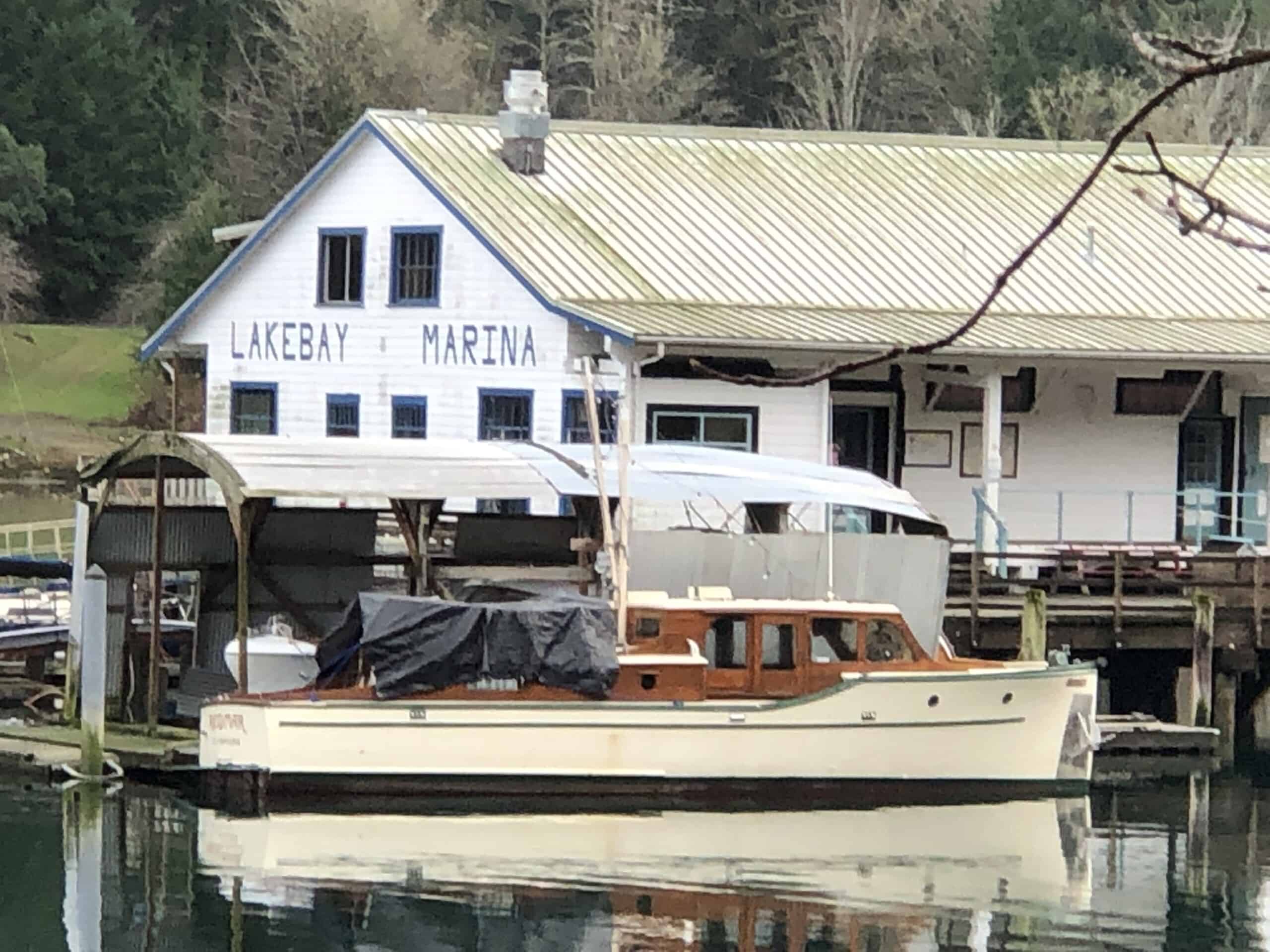
The Department of Natural Resources and a nonprofit boating organization bought Lakebay Marina in December 2021 and will be fixing it up. Ed Friedrich / Gig Harbor Now
The DNR’s Smillie said the state will use the funds for cleanup. Then it can begin detailing plans for the renovation.
“That’s a legacy property that has served the community for decades, and I was glad to see there was both grant funding for cleanup to the tune of $1 million as well as some initial investment funds of $300,000 to get the restoration and rehabilitation project going,” Hutchins said. “It’s really important that we preserve these historic facilities and continue to pump resources into places like the Key Peninsula that really deserve the time and attention of our elected leaders and our state legislation.
“I’m just really excited that there’s energy around this project. I have history with Lakebay Marina growing up in this community so it’s gratifying to me that there are state funds to help propel that project forward.”
Also receiving funds
- Minter Fish Hatchery on Key Peninsula will receive $1.4 million to bring the screens and fish ladders at the intakes up to state and federal standards.
- Great Peninsula Conservancy received $749,000 to protect McDermott Point. The property comprises 12 acres and 1,400 feet of shoreline in a southern cove of Filucy Bay near Longbranch. The beach provides habitat for surf smelt and Pacific sand lance, which are critical food sources for migrating salmon.
- Harbor History Museum will receive $277,000 toward its $2.5 million maritime gallery. The project includes completing restoration of the 1925 purse seiner Shenandoah, enclosing the gallery and creating new exhibits.

